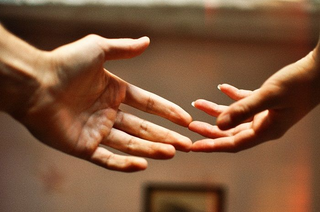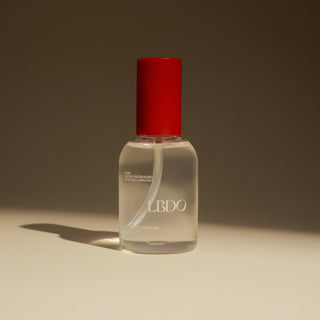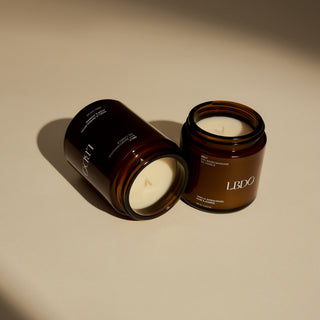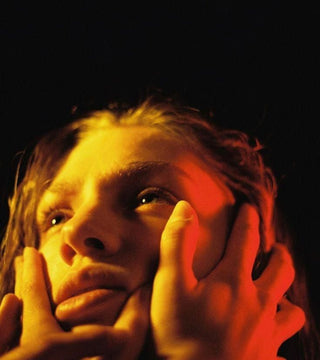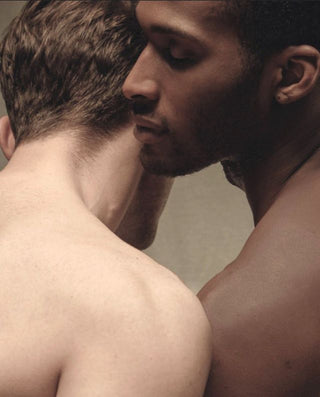Picture yourself at your most vulnerable state - as an infant. Whilst you probably don’t remember it, you were starting to form an attachment to your primary caregivers. Whether you know it or not, you were figuring out two important things at this time:
- Are my caregivers responsive to my emotional and physical needs?
- Can I depend on them in times of stress?
Our perception of attachment forms in early childhood and determines how comfortable we feel forming bonds in adult relationships.
So… what exactly is Attachment Theory?
We’re glad you asked.
John Bowlby was the first psychologist who explored the link between our early childhood experiences and how they affect the way we operate in adult relationships (what is now known as Attachment Theory). His work involved observing parent-child attachment, paying close attention to adaptive responses to proximity and separation.
The children who were able to regulate emotions when separated from their caregivers, whilst being comfortable with proximity, displayed what is called a ‘Secure Attachment’. In contrast, those who experienced high levels of distress or indifference were more likely to have an ‘Insecure Attachment Style’.
Let’s delve a little deeper into the most common attachment styles:
Anxious (Preoccupied)
Those with an anxious attachment style typically have a negative self image, whilst viewing others as positive. This stems from growing up with caregivers who were unpredictable, inconsistent with hot-and-cold tendencies. They may crave approval and validation in romantic relationships and have strong fears surrounding rejection and abandonment.
Avoidant (Dismissive)
The avoidant attachment style is formed when caregivers ignore the child's needs, so they learn to be independent and self-sufficient. Avoidants may have a positive self image, however struggle to trust others and fear intimacy. Because their caregiver was rarely attuned to their emotional and physical needs, they often have trouble identifying them in adult relationships.
Disorganised (Fearful-Avoidant)
The disorganised attachment style includes elements of both anxious and avoidant, and is often a result of childhood trauma, abuse or neglect. For fearful-avoidants, boundaries may not have been respected in early childhood, and they may have experienced fear from their caregiver, causing them to have a negative self image and expect the worst in relationships. People with this attachment style often display push-pull tendencies, confusion, indecisiveness and emotional highs-to-lows.
Secure
Those with a secure attachment style were generally raised by caregivers who could attune to their needs, meaning they learnt to expect love to be reliable and consistent. As adults, they are usually able to engage in relationships feeling comfortable and maintain their sense of identity.
How do I know what Attachment Style I Have?
Take yourself on a trip down memory lane, and focus on what emotions regularly show up for you during conflict, break ups and separation in romantic relationships, family dynamics and friendships. You can also ask the people who know you best to reveal some insight into your patterns and triggers.
Those with insecure attachment styles often gravitate towards each other (the avoidant & anxious pairing is extremely common), so look for clues that suggest anxious, avoidant and secure tendencies from your partner and/or close pals.
Can attachment styles change over time?
If you identify with an insecure attachment style and want to become more secure, don’t panic. By learning about your inner workings and making positive changes in your relationships, recovery is very much possible.
Therapy is one of the best methods to uncover any negative core beliefs you hold about yourself and your attachments, set boundaries and communicate your needs in relationships. Therapeutic approaches such as Psychodynamic Therapy, Trauma Informed CBT, Family Systems and Schema Therapy are a few known methods that can help individuals who have a distorted view of self and the world recover, and forge healthier relationships with themselves and others.
